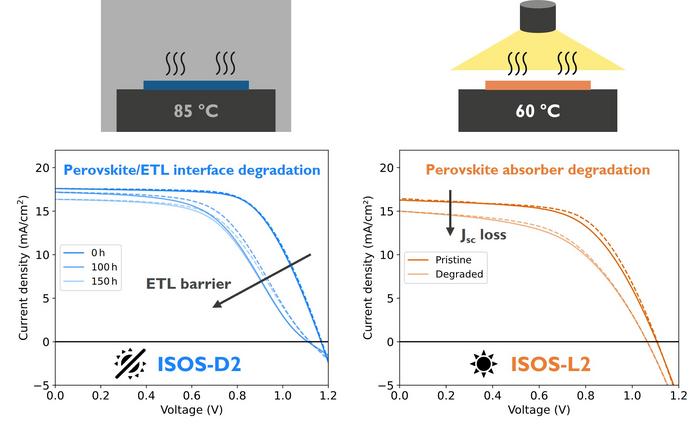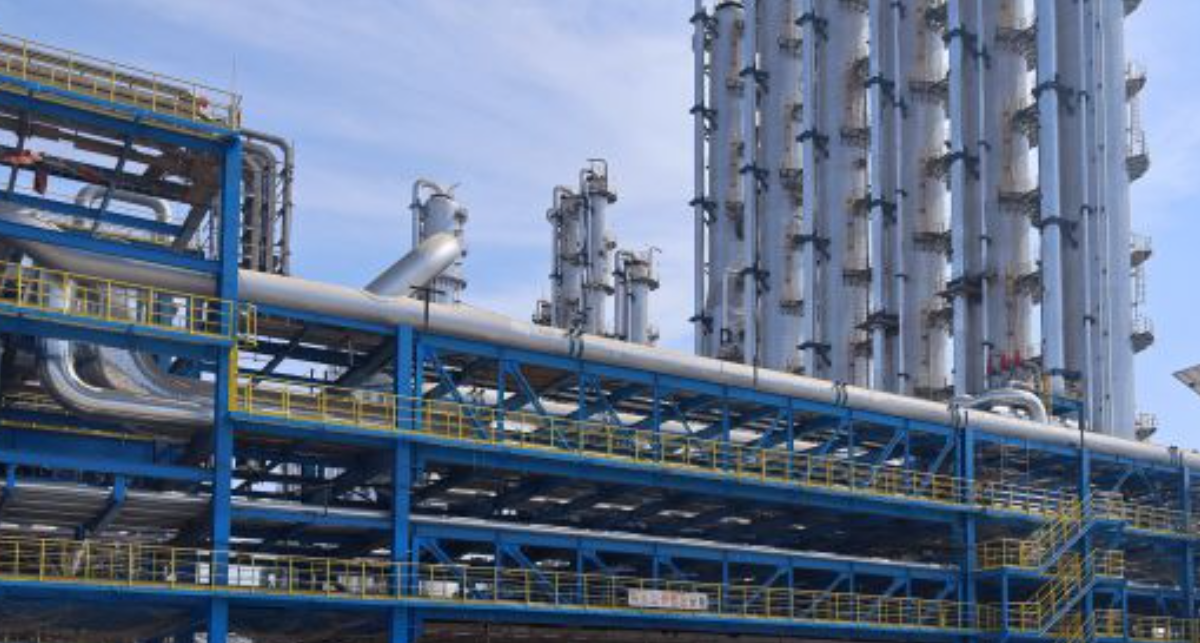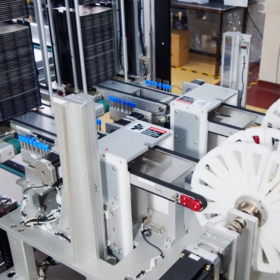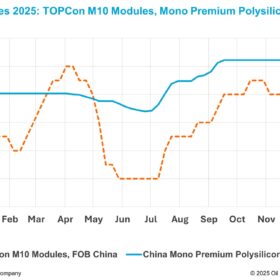Researchers from imec, Hasselt University, and Ghent University in Belgium have investigated the impact of light and heat on the degradation of wide-bandgap perovskite solar cells and have found that the devices’ charge transport layers are the main source of performance losses.
Their analysis focused on perovskite materials with an energy bandgap of 1.68 eV and the comparison of their performance with perovskites with an energy bandgap of 1.61 eV.
“Wide bandgap perovskites typically face poor stability under light and at elevated temperatures,” they explained. “This is because of the phase segregation mechanism, in which bromide and iodide species that constitute part of the perovskite crystal separate in distinct phases, therefore hindering the layer stability.”
For their assessment, the scientists used three standardized accelerated stress tests derived from the International Summit on Organic Photovoltaic Stability (ISOS) protocols that are known as ISOS-L1 (prolonged exposure to light), ISOS-D2 (thermal stress in the dark), and ISOS-L2 (thermal stress under light).
They also used an electrical characterization toolbox combining current-voltage (IV), photoluminescence (PL) and capacity-frequency (C-f) analysis. The solar cells were exposed to 1 sun light intensity and an elevated temperature of 60 C.
The tests showed that the main source of degradation in all analyzed perovskite solar cells is the interface between the perovskite absorber and the electron transport material (ETL), due to “weak” thermomechanical stability. In particular, the researchers found that the dielectric permittivity of the perovskite was compromised by the degradation caused by the combined effect of heat and light.
“From this analysis, it emerged that different degradation modes are observed in different stressing conditions, emphasizing that ‘perovskite stability’ may not be an absolute concept,” the researchers stressed. “This important finding emphasizes the role of heat on the phase segregation process and on the degradation of wide bandgap perovskites under operational conditions, which was overlooked in many previous studies.”
Their findings can be found in the study “In-Depth Study of Degradation in Scalable Wide Bandgap Perovskite Cells,” published in Materials Futures. Looking forward, the team said it wants to investigate nanoscale-level degradation in different stressing conditions and conduct more tests in a wider range of stressing conditions, “potentially leading to the discovery of new degradation modes.”
This content is protected by copyright and may not be reused. If you want to cooperate with us and would like to reuse some of our content, please contact: editors@pv-magazine.com.









By submitting this form you agree to pv magazine using your data for the purposes of publishing your comment.
Your personal data will only be disclosed or otherwise transmitted to third parties for the purposes of spam filtering or if this is necessary for technical maintenance of the website. Any other transfer to third parties will not take place unless this is justified on the basis of applicable data protection regulations or if pv magazine is legally obliged to do so.
You may revoke this consent at any time with effect for the future, in which case your personal data will be deleted immediately. Otherwise, your data will be deleted if pv magazine has processed your request or the purpose of data storage is fulfilled.
Further information on data privacy can be found in our Data Protection Policy.